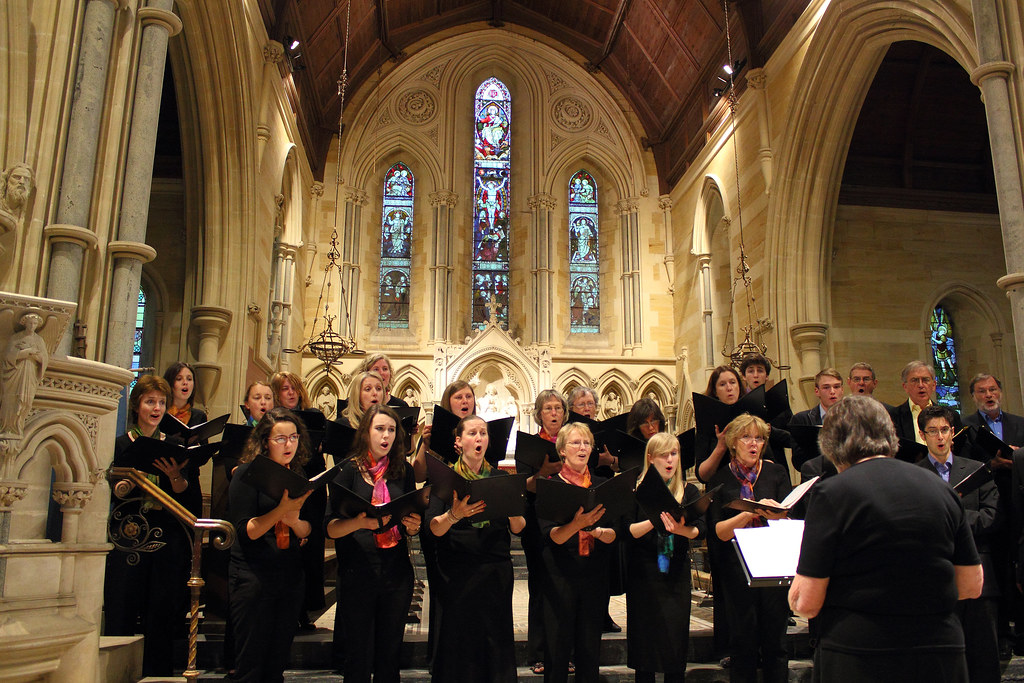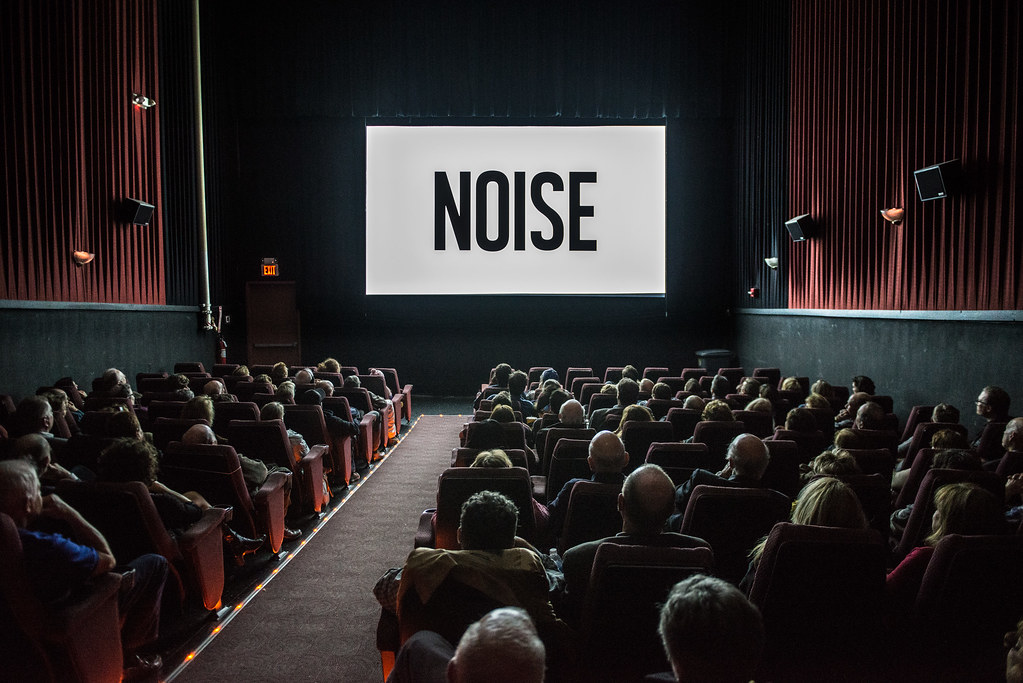See also: Articles on Music, Hearing Loss, and Hearing Devices 
As you read this website, keep in mind the following:
-
People with hearing loss can differ in many ways.
-
Some information may be more similar to your situation.
-
Pick and choose the information most useful for you.
The Listening Environment and Music Enjoyment:
Information for Cochlear Implant (CI) Users and Families
1, 2
According to cochlear implant (CI) users, music sounds better in certain types of listening environments.
-
This web page includes information from CI users who have found different approaches for improving the listening environment.
-
Different strategies may help in different listening situations, such as listening to your stereo vs. going to a concert.
-
Typically, you can improve music listening more easily in situations that give you more control over the music or the environment.
-
General Tips for Listening to Music:
-
When possible, choose listening environments without background noise or distractions.
-
Avoid listening in very reverberant (echo-y) rooms. The echo can make the music less clear.
-
Listen in places with some softer surfaces, like curtains and carpeting, which can reduce the echo.
-
-
Experiment to find the best distance from the sound source: close enough to hear easily, but not too close for comfort.
-
Experiment to find the best head position in relation to the speakers. Try turning your head so that your best ear is closer to the music.
-
Use a good quality sound system that plays music clearly.
-
When listening to music videos or live musicians, try watching the musicians’ mouths and other visual cues (for example, when they play notes on the piano).
-
Music changes over time. You may need to be flexible and change volume settings on your CI or on the sound system as the music changes.
Listening environments are not created equal. The following sections discuss some of the specific challenges associated with different listening environments: 1) Music in public settings; and 2) music in private settings.
Music in Public Settings (churches, concerts, music as part of movies, parties): A Challenge for CI Users.
Listening to music in public settings can be more challenging than listening in your own home. Why? You usually have less control over the music, the environment, and the sound system (speakers, microphones, etc.). Usually, the fewer the musicians, the simpler the music, and the quieter the room, the better the music will sound.
The music and the environment are also likely to change over time.
What might change as the music goes on?
-
How many musicians are playing at one time.
-
What kind of instruments or singers are making music.
-
How loud the music is.
-
How complex the music is.
-
How familiar the music is to you.
-
How many other people are there in the environment.
-
How quiet the audience is (for example, a classical concert vs. a rock concert).
-
Some combinations of sounds are easier to understand through a CI than others.
Click here for more information about how different musical sounds affect listening enjoyment.
I much prefer places that are private or semi-private as opposed to public for listening to music. If it is a quiet concert, like a professional orchestra or similar setting where the audience generally stays silent during the performance, I definitely enjoy those.
Live Performances: Environmental Circumstances
CI users can use some strategies to enjoy live concerts more. However, the environment cannot always be controlled. There is a lot of variation in music and concert settings.
-
Some CI users may find some types of live performances more enjoyable.
-
Some trial and error may be necessary to find what circumstances work for you.
What aspects of concerts affect listening experiences?
-
Some concerts are quieter by nature and have less competing noise.
-
Fewer instruments, quiet concert halls, and formal concerts tend to have less competing noise than music played for interactive audiences in big arenas.
-
The size of the audience also affects the amount of competing noise.
-

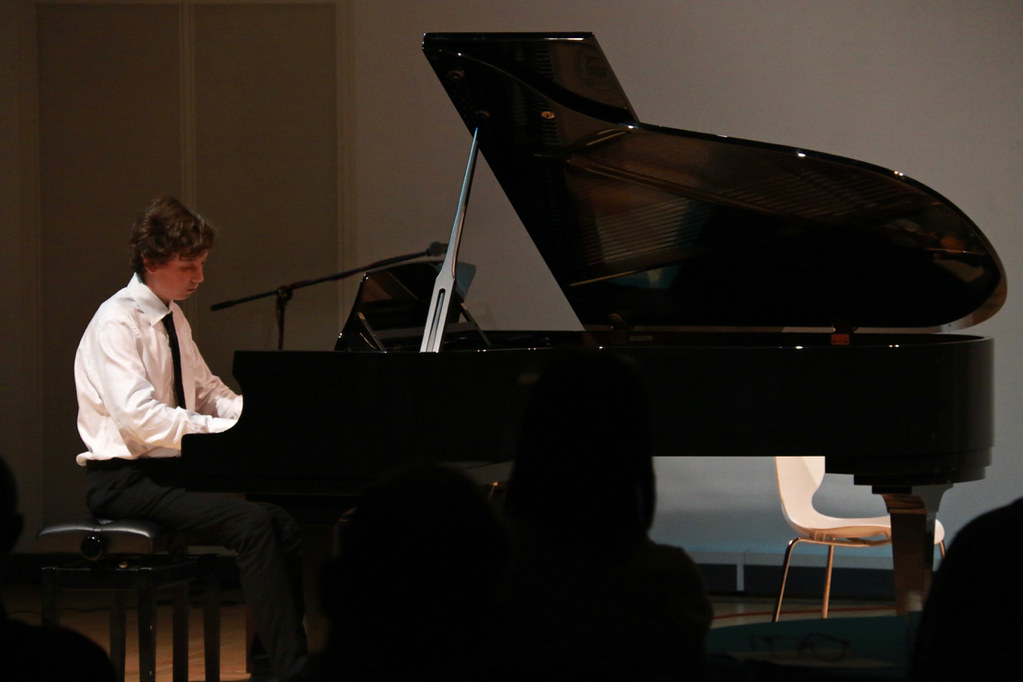
-
Venues will have different qualities of acoustics.
-
Some concert halls have been designed to absorb sound and reduce echoes.
-
Large concert arenas may have a lot of echoes.
-
A large ensemble in a small room can sound much too loud.
-
-
Some venues may have better speaker placement and better audio technicians than others.
-
Outdoor concerts and indoor concerts will contain the sound differently.
-
For example, the sound at indoor concerts may feel more confined than at outdoor concerts.
-
-
The volume of the concert can affect enjoyment.
-
Concerts can be overwhelmingly loud, or not be loud enough to cover background noise.
-
Concerts that are heavily amplified can result in sound distortion or even pain.
-
-
-
Music is not all the same and affects different CI users differently. There is an ever-changing interaction between the listening environment and the music.
-
Vocal music vs. instrumental music.
-
Some implant users enjoy vocal music because they can follow the words.
-
In contrast, some implant users find the words hard to understand and tiring.
-
Some singers are easier to understand than others.
-
Some instruments are easier to understand than others.
-
Concerts with fewer musicians may be easier to perceive.
-
Some musicians play with more skill and better balance than others.
-
-
Consider listening to some recordings of performers before going to a live concert to see if it is realistic for you to enjoy their music.
-
If there are any kinds of competing sounds, I will be totally distracted and uncomfortable. This is the main reason I avoid live concerts.
I can enjoy some of the music but depends on where I am sitting and the size of the arena. I do better close to the stage and smaller places. Less instruments also help.
Strategies at Concerts:
-
Experiment with different places in an auditorium.
-
Sit close enough to the stage to see the musicians sing or play, unless the speakers near the stage are uncomfortably loud.
-
Look up the lyrics ahead of time to enhance familiarity and enjoyment.
-
Experiment with finding the best distance from the speakers.
-
Check to see if the concert has caption assistive devices, such as CART.
-
Try to choose concert venues carefully based on the environmental circumstances discussed above.
-
Take a break from the sound if your ears need rest.
I try to position myself where I can see the singers, even if there is captioning, so I can follow along. I tend to move up front and that seems to help.
Music and Speech in Public Settings
Public music experiences that involve switching back and forth between music listening and conversation are especially challenging. For example, at a bar with live music, the listener may switch attention back and forth between the band and the voices of their conversation partners.
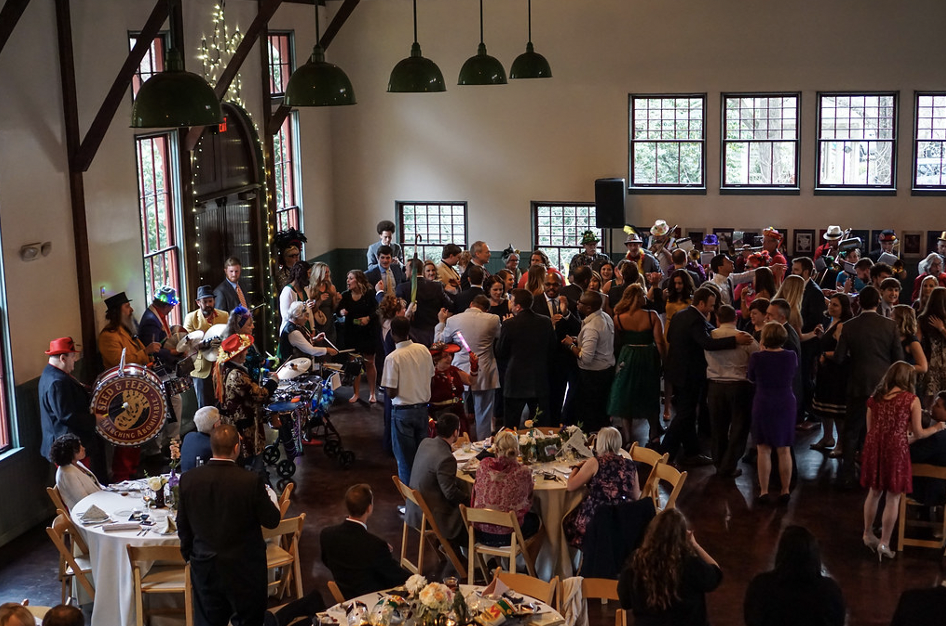
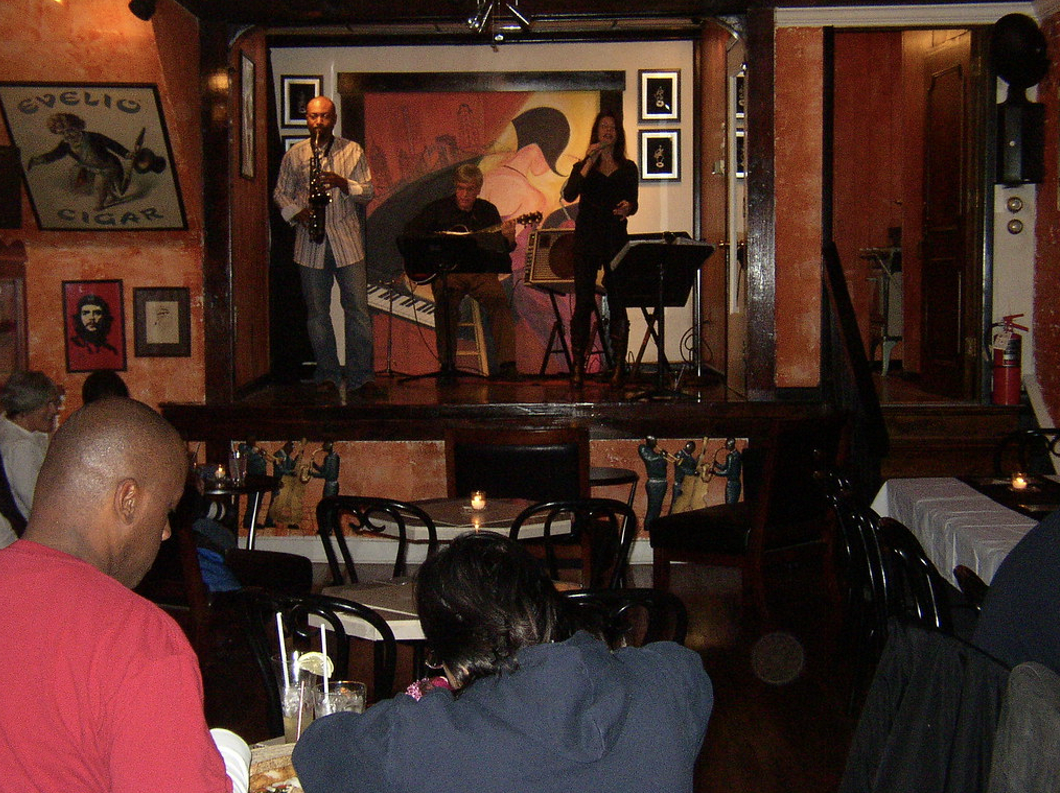
Why is this especially problematic?
-
The listener has to divide their attention between two things at once. That is harder work for mental processing.
-
The music can mask the speech of the conversation partner, making it difficult to understand.
-
Difficulty following two different sounds can lead to undesirable options, such as having to "nod and guess" if you can't follow the conversation.
-
As a result, some people may choose to avoid many social situations altogether. This can lead to social isolation.
I agree that it is difficult to communicate with others at concerts unless it’s nonverbal. It can be frustrating, and all the background noise doesn’t help either.
What can help?
-
Try moving farther away from the sound source when you want to focus on conversation. This way the volume of the music gets lower which will make it easier to carry on a conversation.
-
If one ear is better than the other, ask your conversation partner to be on your good side. This can make it easier to talk while still hearing the music.
-
Experiment to find the best location at programs, churches, or parties. For example, a corner spot can help you optimally face the sound. There may also be a quieter place in the room with less cross-chatter or other competing noises.
-
Try talking with other CI users about their listening experiences and strategies. They may have some tips that you can use.
-
Educate your family and friends about what they can do to best meet your needs in complex listening environments.
-
When possible, choose quieter locations. SoundPrint is a phone application that measures the loudness level of your environment and recommends quieter places near you (e.g. coffee shops, bars, restaurants).
With sound in general, I tend to want to place my backside into corners so I can face everything directly head on, if not side on. I find it easier to not get overwhelmed if I do this.
I’ve trained my friends to sit on my good ear side so I can hear them talk and also hear music./Single sided deaf user
Music in the background of movies is another example of music paired with speech. Movies usually have background music to create a mood. For CI users, background music may just sound like noise. Furthermore, the music can be very loud, and cover up the actors' voices. Consequently, some CI users report that they avoid going to the movies.
Here are other challenges that CI users may have when going to the movies:
-
It can be difficult to adjust the CI volume/sensitivity for short sections of loudness during the movie.
-
Closed captioning devices do not always have captions for song lyrics. Song lyrics can be hard to understand when there is a loud accompaniment or competing sounds.
-
Movies often have competing noise as part of the film (e.g. police sirens, explosions, cross-chatter). Music added to this can sound like additional background noise. This makes it even more difficult to understand speech in movies.
-
Lip reading the actors can be difficult because the characters are not always facing forward on the screen.
Music in movies wails because it is way, way too loud, but I can’t adjust volume/sensitivity for these short section - so I don’t go to the movies.
Strategies for the movies:
-
Try and find movie theaters that offer films with closed captioning.
-
If you watch movies online in your home, you may be able to use closed captioning on your TV set/computerized TV.
-
Focus on only the dialogue. If the movie is very popular and has good music, try listening to the soundtrack separately.
Movies in cinemas I attend now due to the caption assistive devices that are available.
Click here for more information about music as background noise.
Music Listening in Private Settings (home and car)
Listening to music in private settings offers more control over the music and the environment. This can offer a less exhausting listening experience for CI users when compared to public settings.
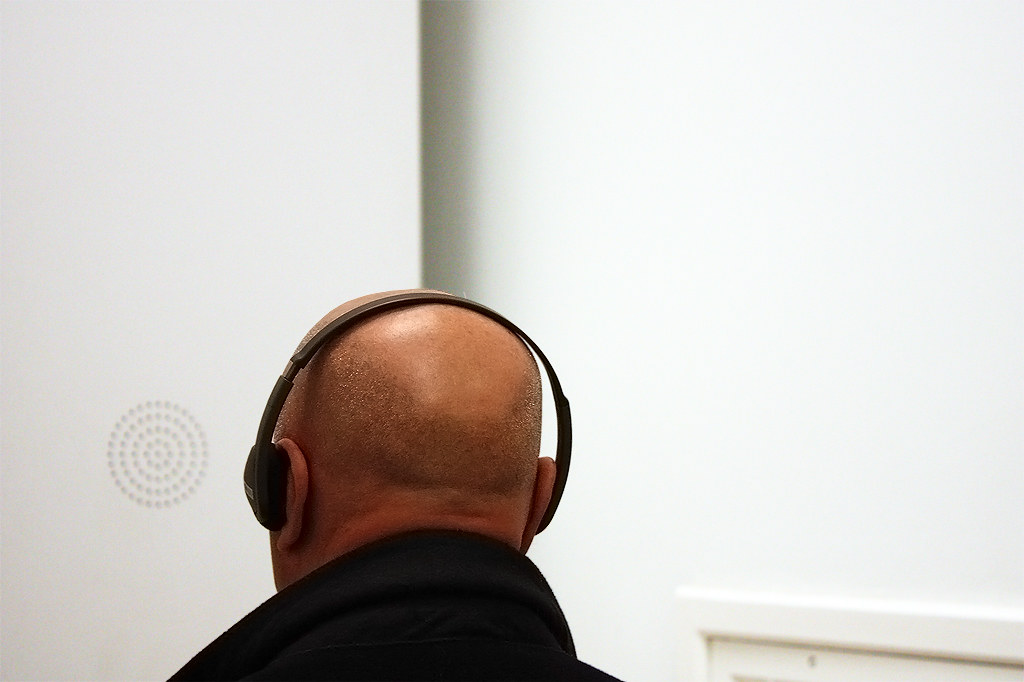
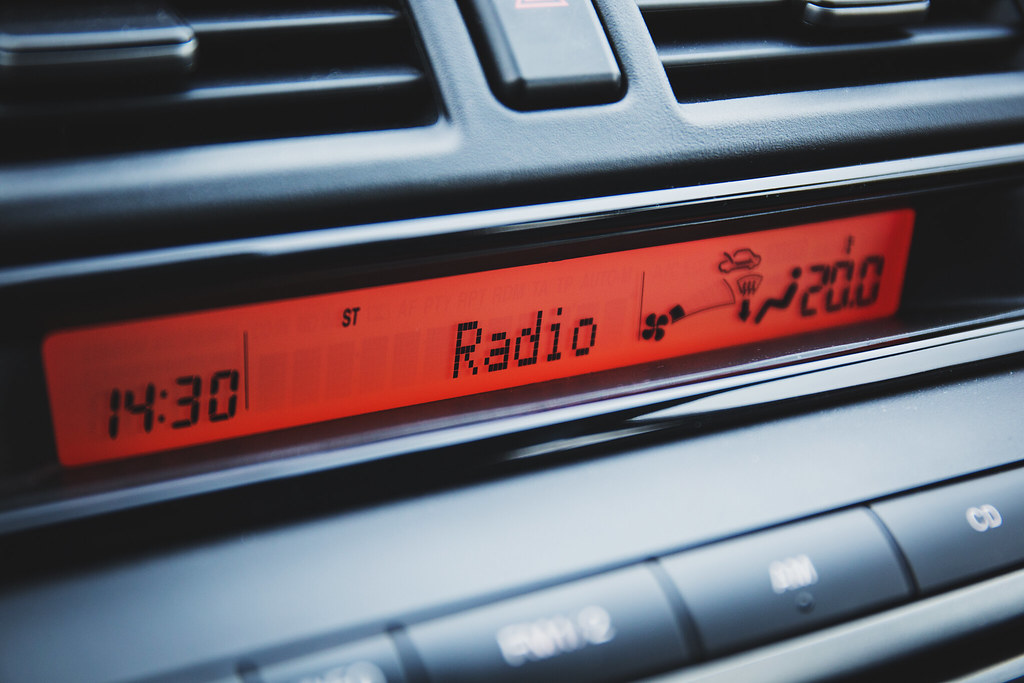
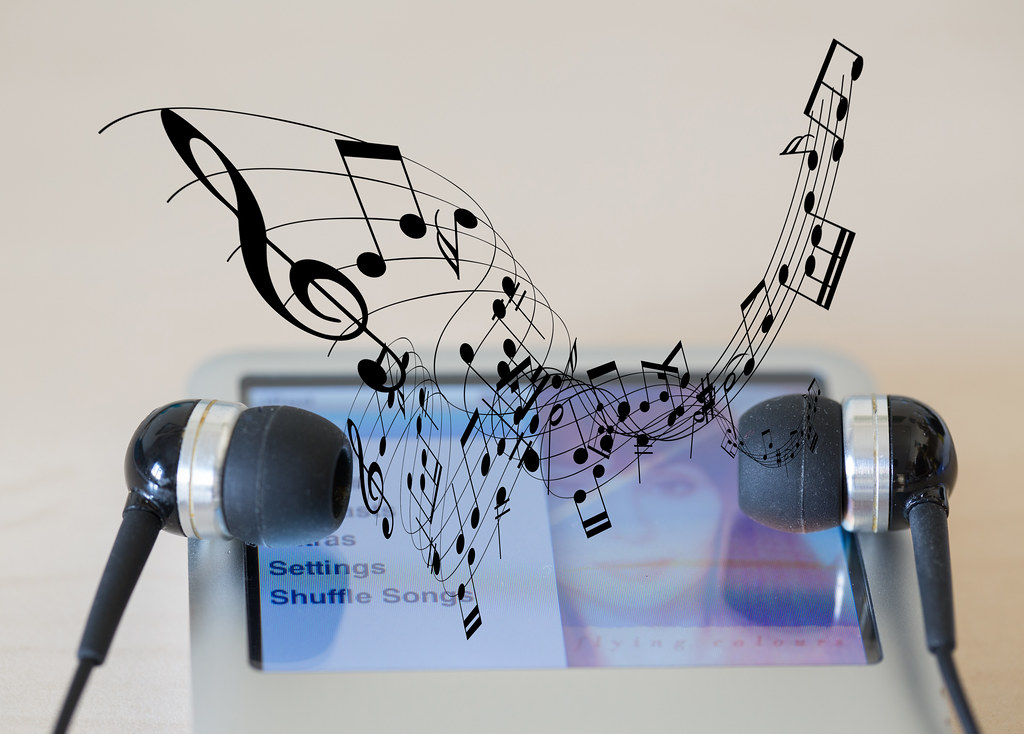
Why can private settings be less challenging?
-
There is more control over competing noise and echoes.
-
For example, you can choose small, quiet spaces that are more pleasant for music listening.
-
-
There are fewer external distractions, which makes it easier to focus on the music.
-
This can include not having distractions from a large crowd or busy area.
-
-
You have the ability to choose preferred and familiar music, such as instrumental or less complex music.
-
You can play preferred music multiple times to help build music listening skills and familiarity.
-
You can adjust the volume to your own comfort level.
-
You can choose your own preferred methods for music listening (for example, Bluetooth or direct connect).
Listening in small rooms helps as I can control the volume as well as the type.
I do have to say it is difficult to listen to music in common places such as the bar and concerts as I do feel like I miss out on a lot and prefer private settings, like in my own home or in the car, where it is more quiet.
Music in the car:
-
There is less competing noise if you are in a quieter vehicle (for example, minimal engine noise) or if you are parked in place.
-
It can be difficult to hear music while driving if there is competing noise, such as wind drag.
-
-
Satellite radio can be helpful because it shows the artist and title of songs. This can help with song recognition and familiarity.
-
You can adjust the balance of the car sound system. For example, if you want the lower frequencies to prevail, you can turn up the bass.
-
Listening alone in the car can eliminate cross-chatter. This makes it easier to focus on the music.
Music in the car sounds clear compared to an outdoor concert or an indoor arena, mostly due to echo from larger areas.
The best place for me to listen is in my vehicle by myself. That way I can set the sound balance to work best with my good ear/Single sided deaf user
References
Gfeller, K., Driscoll, V., & Schwalje, A. (2019). Adult cochlear implant recipients’ perspectives on experiences with music in everyday life: A multifaceted and dynamic phenomenon. Frontiers in Neuroscience, 13, 1229. https://doi.org/10.3389/fnins.2019.01229
Click here to review references used in preparation of this website.
1. All images on this website are used under Creative Commons or other licenses or have been created by the website developers.
2. Click here to access the sources of images on this page.


